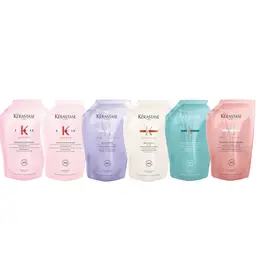
Just like every year, during summer holidays, ANSM (French National Agency for Medicines and Health Products Safety) publishes recommendations for risk-free sun exposures. After releasing instructions to make it easier for you to choose your sunscreen, this year, the Agency drafted a technical sheet to select the right product according to your skin type.
ANSM decided to provide a few precepts according to everyone’s phototype, and especially depending on the duration of the exposure.
They defined four skin types.
Extremely sensitive to the sun
This category concerns individuals with a white, milky skin, freckles, red hair, and who always get sunburnt when they expose themselves to the sun, plus those with skin cancer history. Whether the exposure is important, moderate, or extreme, it is recommended for them to use products with a high protection (SPF50).
Sensitive to the sun
This one refers to individuals with fair skin, most of whom have a few freckles and/or strawberry blonde or auburn hair. They often get sunburnt, but they can get a bit tanned. ANSM recommends for them to apply an SPF15-20-25 for a moderate exposure, an SPF30 to 50 in the event of prolonged activities, and an SPF50+ for the most extreme situations.
Intermediate
The ‘intermediate’ category concerns fair skins that get quite easily tanned and only get sunburnt when the sun exposure is very intense. They can afford to use lower protection, of course, but it no less essential for them to use sunscreens if they remain in the sun for a long time.
Quite resistant
Lastly, this category corresponds to matte skins that never get sunburnt and can be content with a low SPF when they go to the beach. Still, ANSM recommends applying an SPF30 if they go on holidays in the mountains or in the tropics.
ANSM reminds that to safely enjoy the sun, it is essential to apply a sunscreen in sufficient quantity before exposing yourself and to frequently repeat the gesture.
Ultimately, the tips provided are intended for adults. Children should remain in the shade and get the highest Sun Protection Factor possible.
Learn more
• Visit the ANSM website













